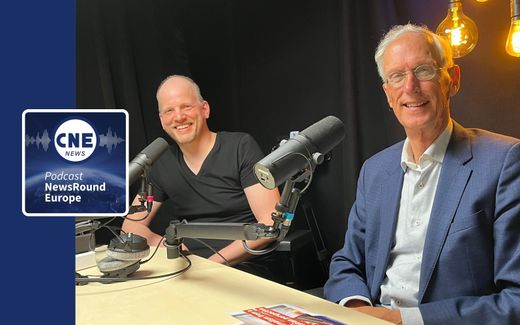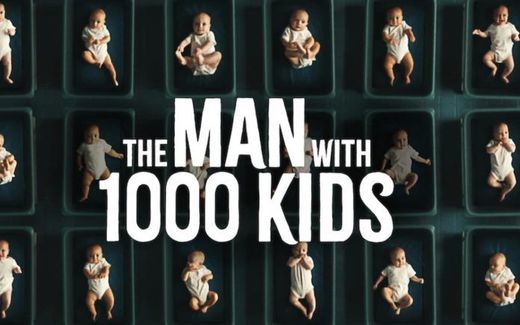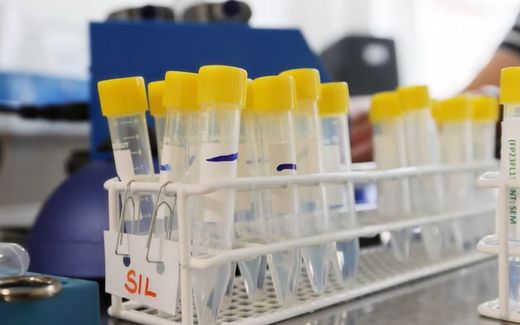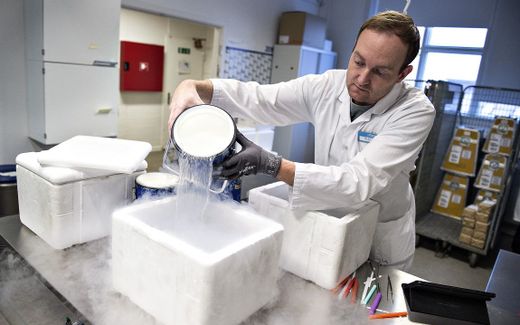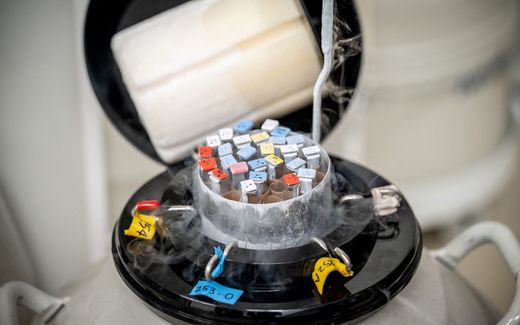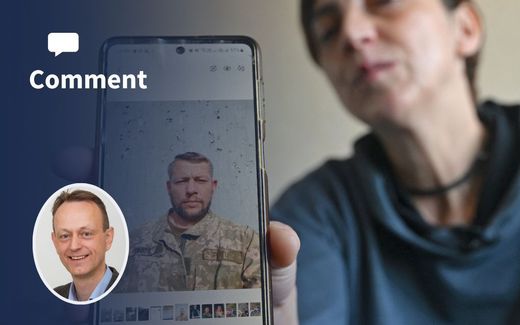EU states push for cap on cross-border sperm donation
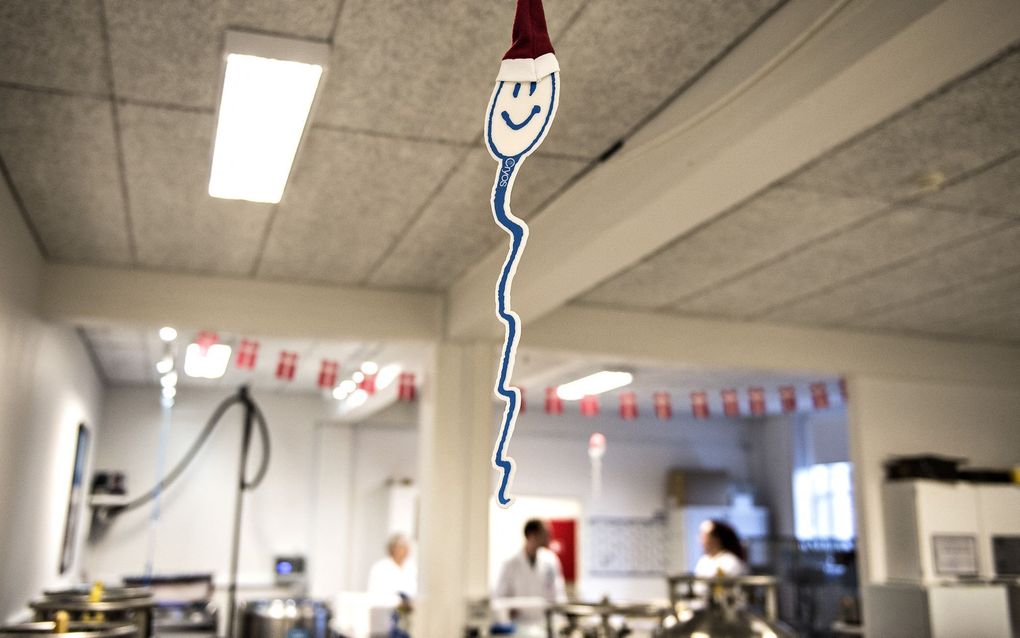
An illustration of a human sperm on display at the world's largest sperm bank in Aarhus, Denmark. Photo AFP, Henning Bagger
European Union
The international community wants to see increased regulation as the uncontrolled use of gametes poses ethical concerns.
Stay up to date with Christian news in Europe? Sign up for CNE's newsletter.
The news comes amid a Politico report revealing that a sperm donor passed on a cancer-causing gene to the 67 children he conceived. At least 10 have been diagnosed with cancer so far.
More EU states, such as Sweden, are raising concerns regarding the lack of international controls governing the number of children a donor can produce across borders as the demand for sperm donation and the use of cross-border gametes continue to grow. At least seven additional EU states in Belgium, Romania, and Spain expressed their concern at the EPSCO council meeting.
Currently, four Nordic Ethics Councils in Sweden, Finland, Norway, and Denmark have drafted a call for an international limitation on the number of children conceived by a single gamete donor and greater transparency in using sperm or eggs abroad. The Swedish government also shares the ethical councils’ concerns.
What do these requirements look like?
In addition to setting up an international cap, the Nordic Ethics Councils would also like to consider the “medical, psychosocial, and ethical factors.” Once these have been considered, donors and recipients should be properly informed of the current regulations before a donation begins, the Councils say.
The Ethics Councils also advocate for cryobanks to set their own international limits on the use of their gametes. The European Society of Human Reproduction and Embryology has been suggested as a regulatory agency to set out these guidelines.
While many EU states have placed their own regulations on the number of children conceived, there are no limits on the use of cross-border gametes. The Councils note in their draft that some cryobanks within the EU have a cap of 75 families per donor while others are found to have none. The lack of regulation can also raise the possibility of donor-conceived individuals worldwide having more than 100 genetic half-siblings.
The Councils also point out that some cryobanks offer “donor exclusivity services” where recipients pay a higher fee to give them certainty that the sperm is going to be used for them and a few other families.
As demand for sperm donation grows due to declining fertility and changing family structures, there are apparent risks. As a result, the long-term impact of these practices is uncertain.
One finding in the draft call mentions consumer-based genetic tests, which have allowed donor-conceived individuals to find “a large and unknown” number of half-siblings worldwide.
The Swedish government has also requested a future discussion at the EU level regarding the problems it has highlighted so far. Yet, the nation’s EU delegation cannot comment further at this point as to when those talks will take place.
Limits
The European Sperm Bank, which is one of the largest sperm banks in Europe, says that they "have long advocated for an international cap on the number of families per donor." According to a written statement to CNE, they write that they were among the first in the industry to set limits on the number of families before any global regulations came into existence.
Potential donors must undergo strict screening, which is part of the Bank’s procedures to qualify sperm donors. Only 3-5 per cent of donors are approved after extensive medical and psychological screening, they write.
Grey market
Currently, patients in the Netherlands can choose both donors with an international limit of 25 families or 75 families. This limit, the Bank notes, is below the 100-family recommendation set as an upper limit in accordance with literature from the American Society for Reproductive Medicine (ASRM) and other researchers.
“We believe donor caps are essential, but they must be set thoughtfully and with careful consideration for all stakeholders: the rights of donor-conceived individuals, the availability of qualified donors, and fair access to fertility treatment for all – including single mothers and LGBTQ+ families,” the Bank says.
At the same time, the Bank also raised concerns that if limits are set too low, it could raise the risk of restricting access to safe sperm donation and increase the waiting times for those who depend on it to start a family.
“This may, in turn, push many women and couples to the grey market, where neither families nor donor-conceived individuals are adequately protected,” the Bank says.
Related Articles


